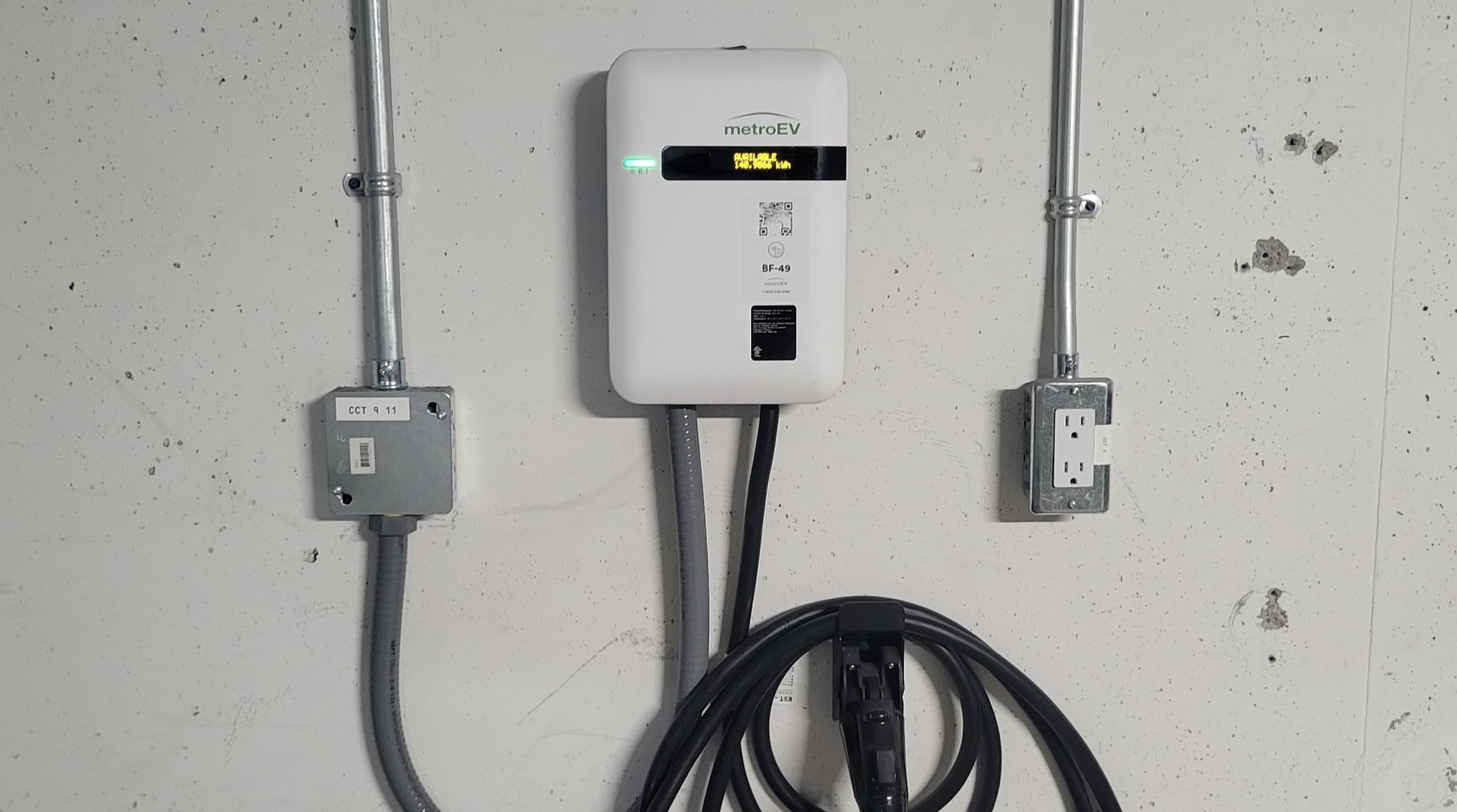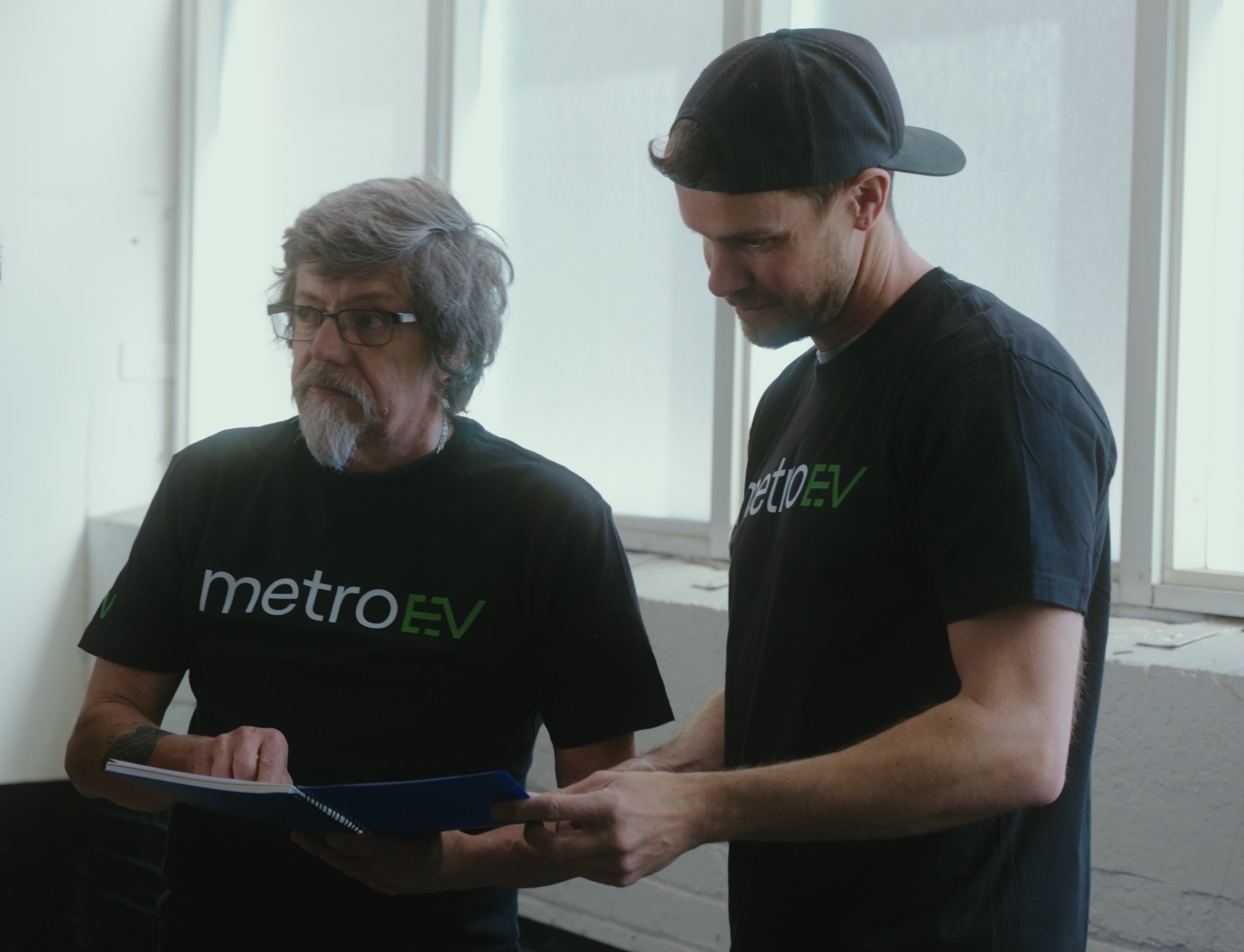Electric vehicles (EVs) are gaining traction as a sustainable and efficient alternative to traditional gasoline-powered cars. As the number of EVs on the road continues to increase, so does the interest in understanding the technology behind them. Unfortunately, this growing interest has also led to a surge of misinformation and misconceptions surrounding EV chargers.
In this article, we aim to debunk some of the most common myths about EV chargers and provide accurate information to help you make informed decisions about your electric vehicle journey!
Myth 1: EV Charging Takes Forever
Fact: While charging times vary depending on the vehicle, charger type, and battery capacity, modern EVs can charge surprisingly quickly. Fast-charging stations can add hundreds of kilometers of range in just a few minutes, making them a convenient option for long trips. However, most EV "refueling" happens overnight at home, which suits the average daily commute of around 60 kilometers. This way, your EV is fully charged and ready to go each morning.
Myth 2: EV Charging is Expensive
Fact: Charging an EV can be significantly more affordable than filling up a gas-powered car, especially with Level 2 home charging. Electricity rates vary by region, but charging at home is often comparable to or cheaper than fueling a traditional car. Public Level 3 fast chargers, however, tend to have higher rates due to the rapid charging capability, making them more suitable for occasional use or road trips. Additionally, smart EV charging options let you save even more by scheduling home charging during off-peak hours.
How Much Does it Cost to Install EV Charging Stations
Myth 3: EV Chargers Require Complex Installation
Fact: Installing EV charging stations is generally straightforward. For home charging, a qualified electrician can typically install a charging station within a day. Commercial or multi-residential installations, however, require additional planning. Partnering with a solution provider, like metroEV, can assist with assessing electrical capacity, infrastructure layout to optimize current and future needs, and power management systems to support multiple users without costly electrical upgrades. Public charging stations often require more complex infrastructure, which is usually managed by the property owner or charging network operator.
Myth 4: EV Chargers Are Bad for the Environment
Fact: The environmental impact of EVs is significantly lower than that of traditional gasoline-powered cars. EVs produce zero tailpipe emissions, reducing air pollution and greenhouse gas emissions. While the production of batteries for EVs can have a higher carbon footprint, the overall life cycle emissions of EVs are substantially lower than those of gasoline cars.
Myth 5: EV Chargers Are Unreliable
Fact: EV charging technology has matured significantly in recent years, and newer chargers are highly reliable. While there may be occasional issues, such as charging station outages or software glitches, these problems are relatively rare. Charging networks are constantly working to improve reliability and address any issues that arise.
Get a quote today!
As the popularity of electric vehicles continues to grow, it's important to be informed about the facts surrounding EV charging. By understanding the truth behind these common myths, you can make informed decisions about whether an EV is the right choice for you and your lifestyle.
Contact metroEV to get an EV charging quote. Take the first step towards an electrified future with our team of experts today. Whether you are considering EV charging for multi-residential living, commercial, or retail spaces, we can help. metroEV is ready to tailor a solution that aligns with your unique EV charging goals ensuring a smooth transition.

AUTHOR
Shai Sinai
Shai is the Vice President of Sales at metroEV, specializing in electric vehicle charging station installations for multi-residential, commercial and public properties. With hands-on experience across the entire process—from site assessments and EV Ready planning to infrastructure design and installation—Shai brings deep industry knowledge and practical insight to every project.
.png)

.png)





